by John Butcher
We have seen that the divisions in SW Virginia (“Region 7” in the VDOE system) formed their own organization, the Comprehensive Instructional Program (“CIP”), that brought nice improvements in student performance.
While we wait to see whether the Board of “Education” will punt on the 2021 SOL testing, I’ve been looking over the 2019 data (there being no tests in 2020). The data for Region 7 paint a lovely picture.
You may recall that, since undertaking the CIP, Region 7 has seen major improvements in the pass rates of its economically disadvantaged (“ED”) students.
They accomplished this with a large and increasing ED population.
To put the 2019 results in a more nuanced context, let’s start with the school average reading pass rates for the Not ED students.
The blue bars are the counts of Virginia schools with the indicated 2019 pass rates of Not ED students (rounded to the nearest whole numbers). Thus, one school (Fairfax County Adult High) turned in a 13% pass rate(!) and 102 schools had 88% rates. The red-bounded bars are Region 7, left open to allow the state numbers to show through. The Region 7 scale is on the right vertical axis. The lowest school there turned in a 69 while 11 schools had 91% rates. (Excel reports for “multiple items” when you tell it to report data for more than one division; please read that term as “Region 7.”)
The usual statistical measures, mean and standard deviation, are of limited use with skewed distributions so I show the medians here. Of course, as a distribution approaches “normal,” the median approach the mean. In any case, these are medians of the school averages, not division medians.
If you think the Not ED pass rates for Region 7 schools are a pleasant bit of news, take a look at the ED numbers:
Here, the Region 7 median is ten points higher than the state. Or you might prefer to ignore those stats and just look at the lovely picture.
The math data similarly testify to the success of the CIP.
It is instructive to compare the (manifestly sensible) techniques used by the CIP with the resolutely ineffective bureaucratic nonsense imposed by the “education” establishment.
:
- Identify the good teachers
- Share their materials and techniques
- Measure what works
- Focus on core skills
- Set high expectations
- Bond with the students, and
- Use the feckless VDOE only for what
it actually can do well: crunch numbers.
The state, here the Petersburg Corrective Action Plan (for a division that the state has been attempting to repair, without success, since 2004):
I think it is past time to redirect the education bureaucracy to what it can do well, crunch numbers, and give the rest of its budget to the CIP.
John Butcher is a retired lawyer living in Richmond. This column is republished with permission from Cranky’s Blog.

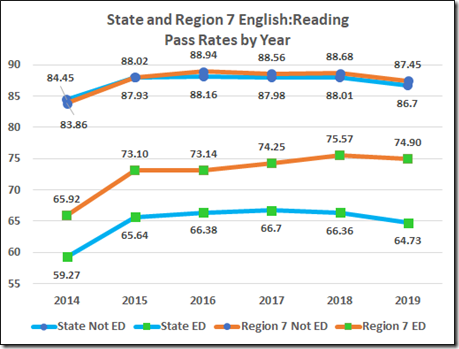
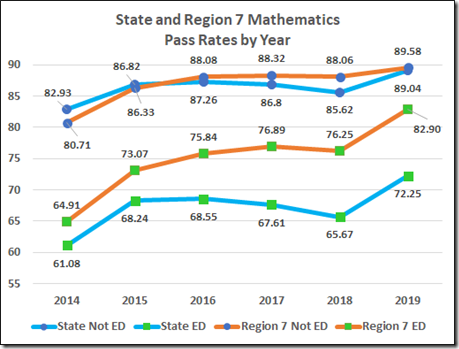
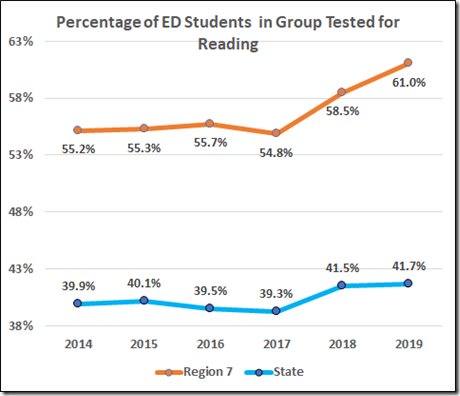
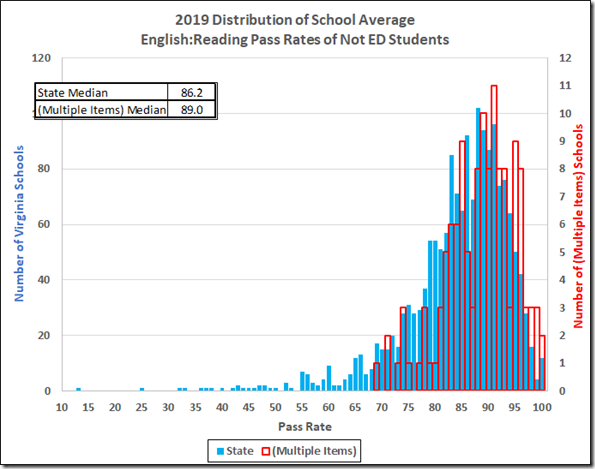
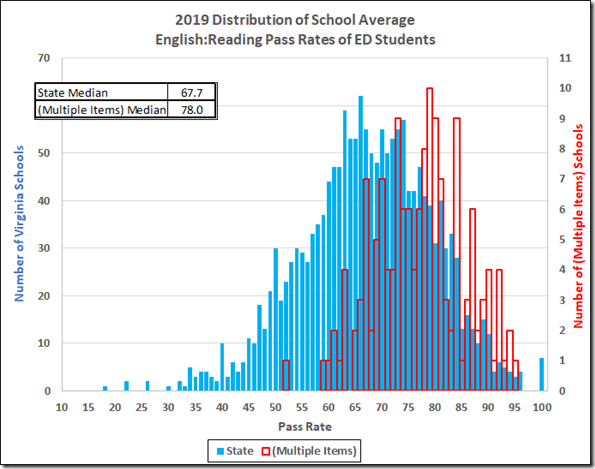
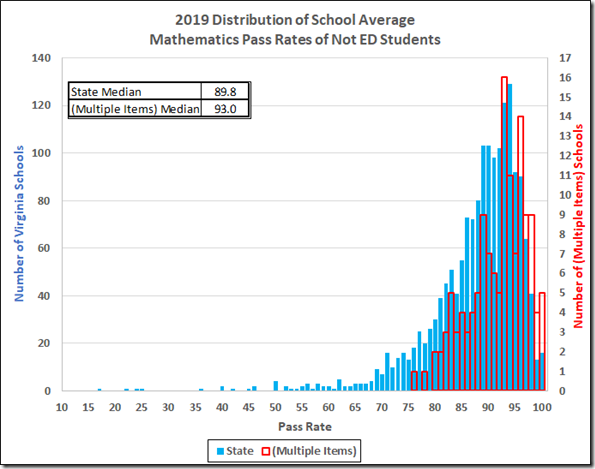

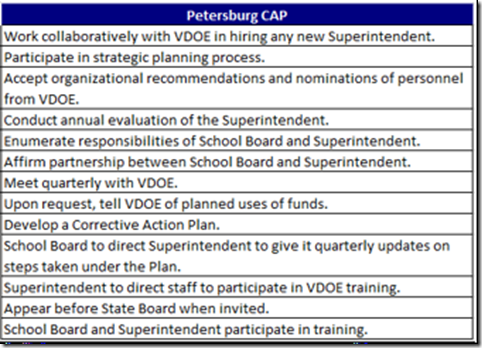
Leave a Reply
You must be logged in to post a comment.